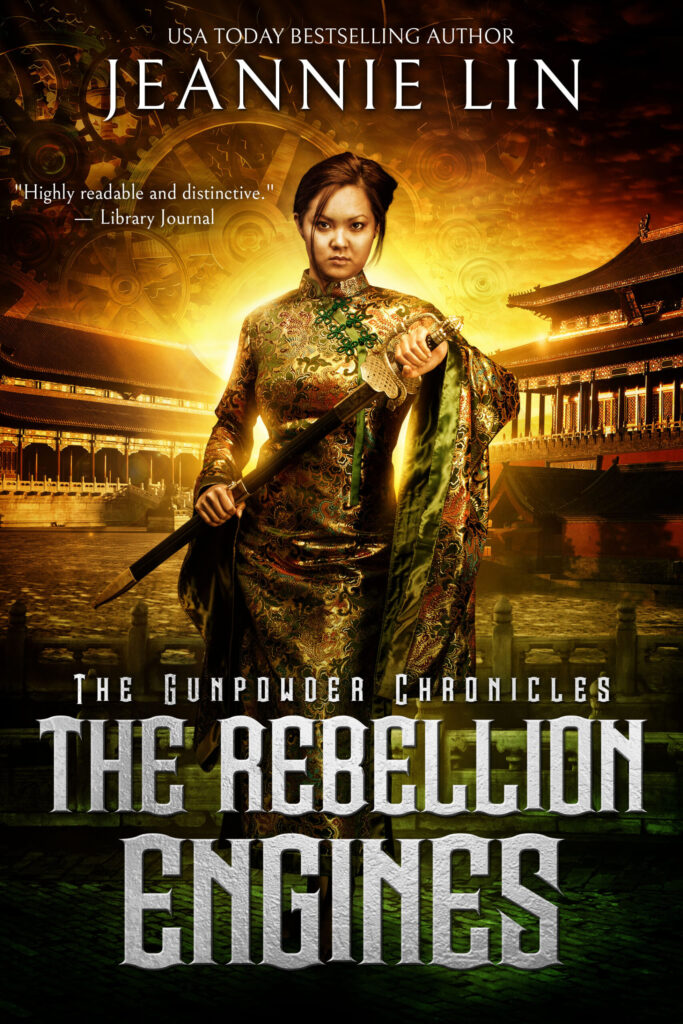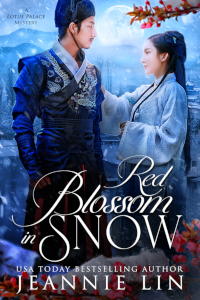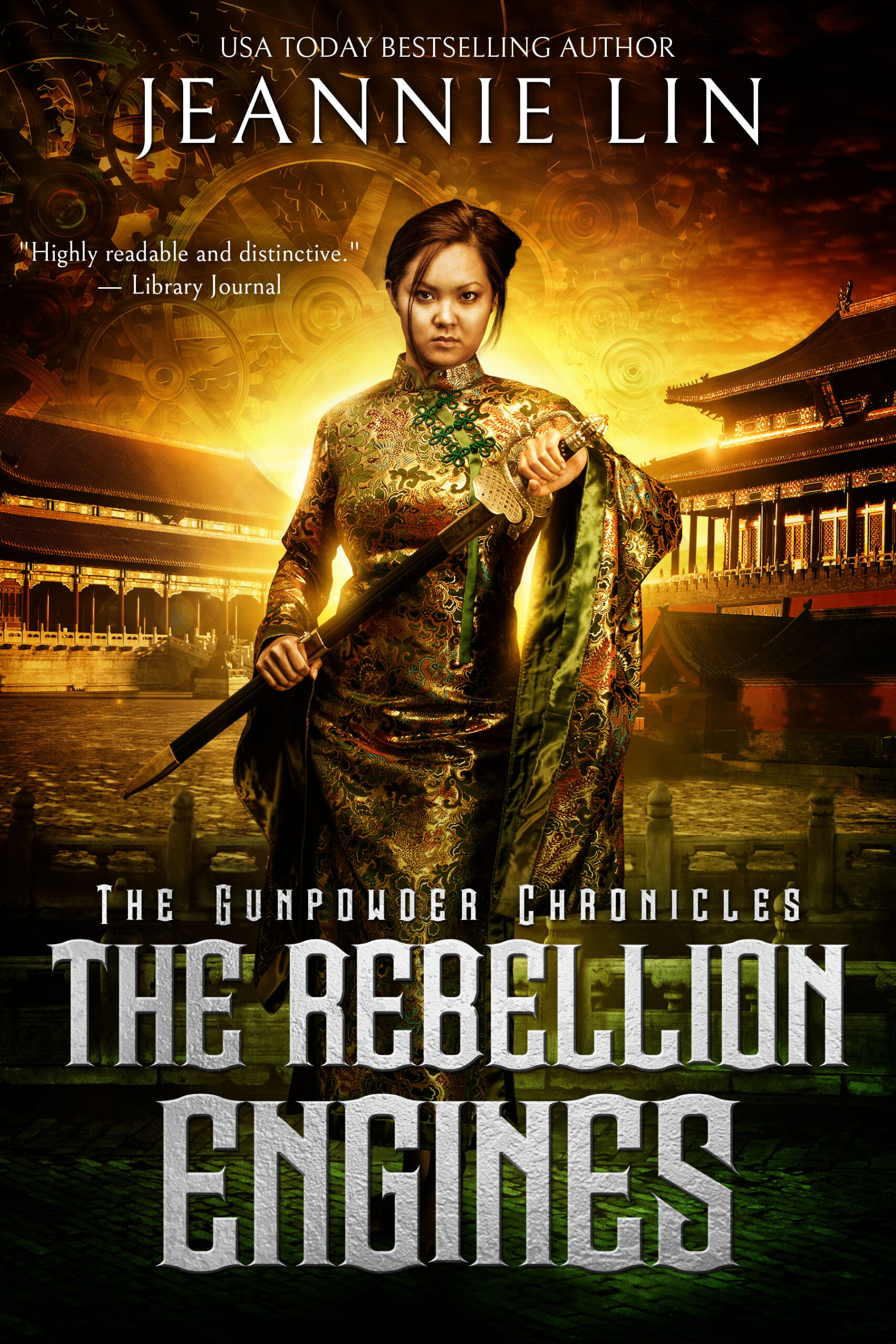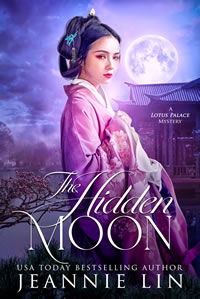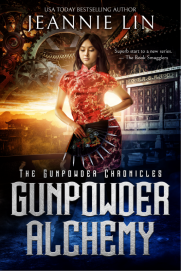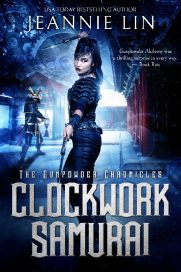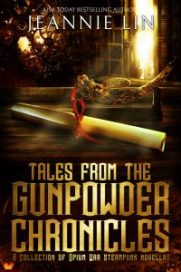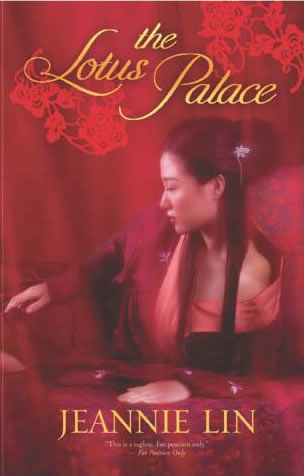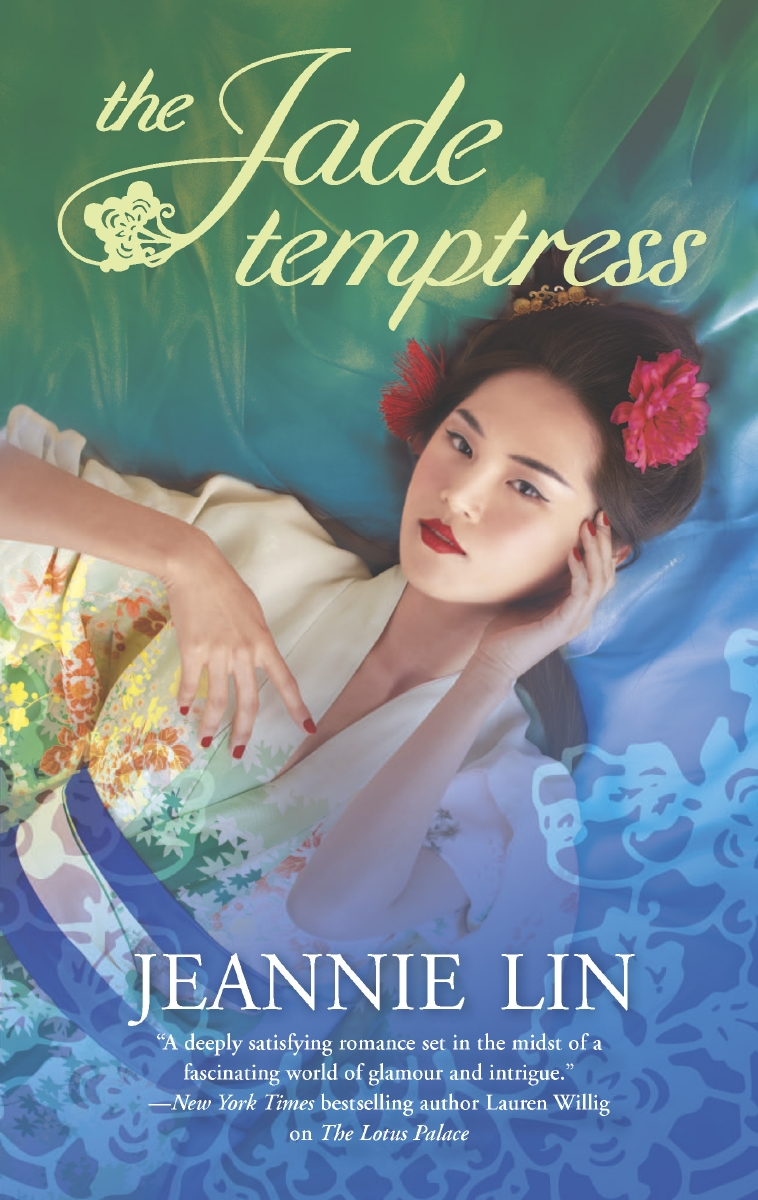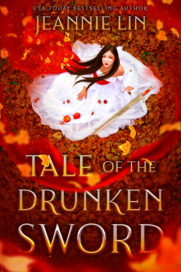It’s finally here!
A Steampunk Adventure set in Imperial China
The Rebellion Engines, the latest in the Gunpowder Chronicles, releases today. And I have to say, I LOVE looking at the complete collection:
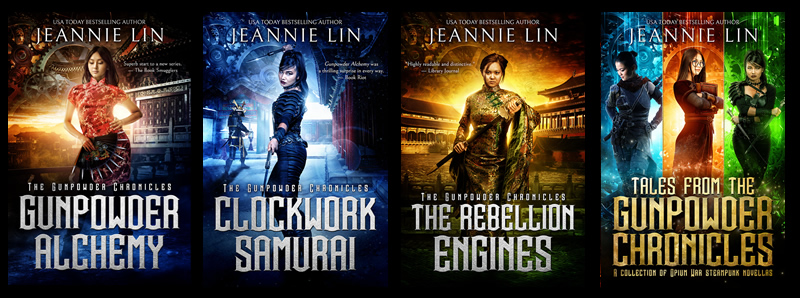
In order to bring the series together, The Rebellion Engines digs into industrialization, technology and warfare, piracy and the Age of Sail, and the emergence of Shanghai as a modern metropolis. With some martial arts, secret society stuff thrown in.
Reading Order for the Gunpowder Chronicles
For anyone curious, the reading order I’d suggest is this:
- Gunpowder Alchemy
- Clockwork Samurai
- Tales from the Gunpowder Chronicles*
- The Rebellion Engines
Short story: “The Warlord and the Nightingale” can be read as standalone at any time
*Tales is a collection of novellas starring many of the secondary characters you meet in the main storyline.
Behind the Scenes Info: The Making of the Rebellion Engines
I really enjoyed writing the Tales from the Gunpowder Chronicles because that collection allowed me to go off and explore other characters and parts of the Gunpowder Chronicles world that I hadn’t done yet in the main storyline. For the final book in the trilogy, I wanted to bring back some of that energy and also those characters into the main plot.
Something really fun that I haven’t done before is split The Rebellion Engines into three parts. It’s all one complete storyline, but the three parts each have distinct settings and flavors. I was inspired by the Wings of Fire series by Tui Sutherland, which I’m reading with my children. Each of the books focuses on one dragon character and usually involves a journey to different parts of the dragon world of Pyrrhia.
I noticed that whenever I hit the end of a Part, I felt accomplished. There was a shift in my brain as I prepared for the next part of the dragon journey. It appealed to my inner list-maker.
So I said — why not? As a result, The Rebellion Engines is divided into three parts:
- Part I: The Factories
- Part II: The High Seas
- Part III: Shanghai
And for a final bit of trivia — the girl with the sword on the cover? Hot Damn Designs was just kicking off their new stock photo business and wanted to include stock photos with Asian models. At the time, it was IMPOSSIBLE to find Asian models. I’m so glad that’s gradually improving.
The photo shoots were in St. Louis and I provided some costumes (though not this dress) and some props. That sword? It’s actually from my collection! So I feel happy to finally be able to use an image from that photo shoot in one of my covers.
A final note: For readers who prefer print, the print edition should be available in a week.
Happy Reading!
Buy now: Amazon | Kobo | Nook | iBook | Gumroad
